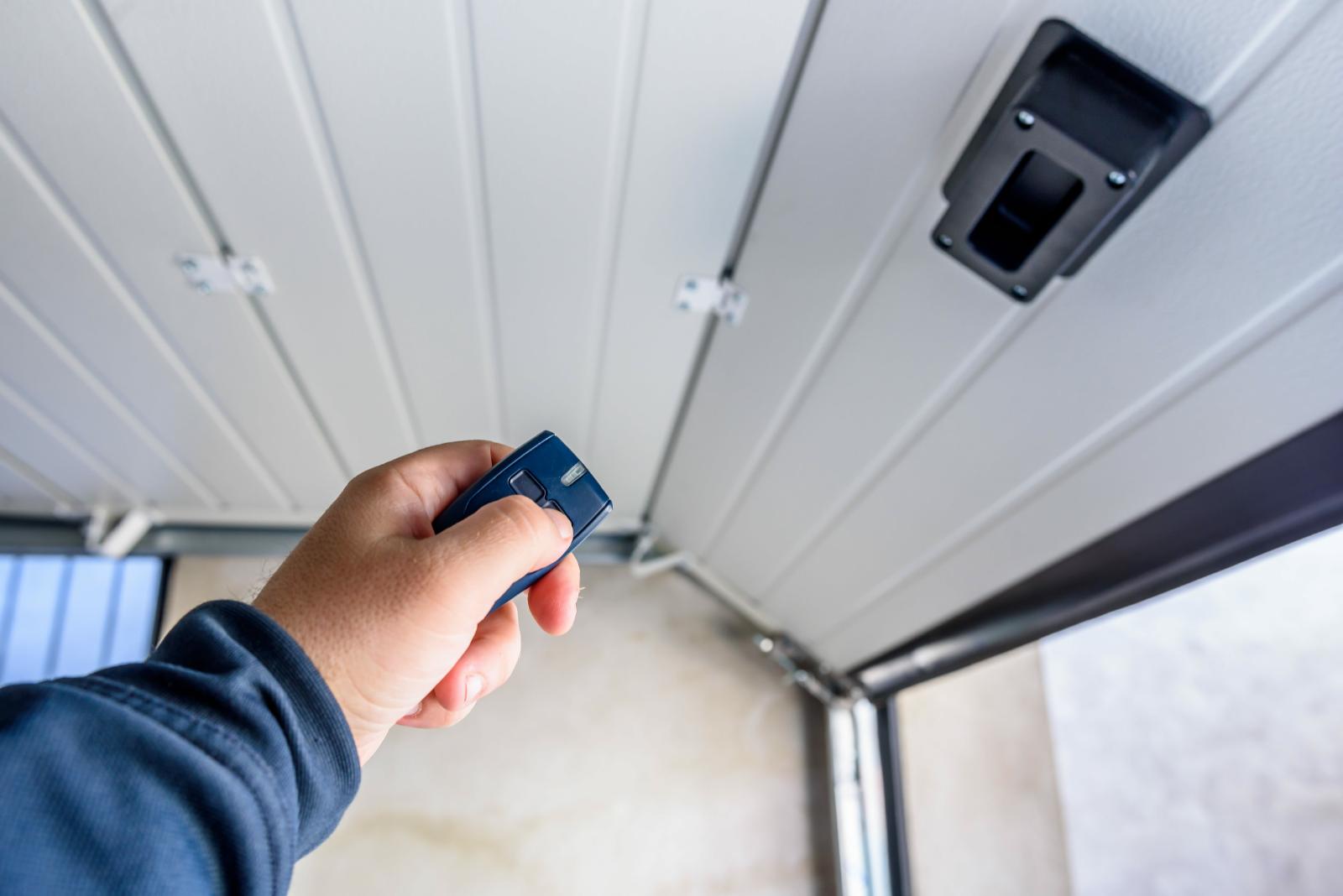
Contents
Your garage door is like the gatekeeper to your home, and keeping it in top shape is essential. Regular garage door maintenance can prevent costly repairs and guarantee safety. By following these practical DIY tips, you can enhance your garage door’s performance. From inspecting hardware to testing safety features, each step plays an important role. Are you ready to discover how simple actions can lead to a smoother, more reliable garage door?
Key Takeaways
- Regularly inspect and tighten all bolts, screws, and brackets to ensure door stability and safety.
- Lubricate moving parts like rollers and hinges with high-quality spray lubricant every six months.
- Test safety features monthly, ensuring the door reverses when detecting an obstruction.
- Clean tracks and rollers to remove debris, using silicone-based lubricant for smooth operation.
- Check and replace weatherstripping to maintain insulation and prevent drafts or water intrusion.
Inspect and Tighten Hardware
When you tackle garage door maintenance, the first step is to inspect and tighten hardware, as loose components can lead to bigger issues down the road.
Start by identifying the various hardware types, like bolts, screws, and brackets that keep your door secure. Use maintenance tools such as a socket wrench or a screwdriver to check for any loose screws or bolts.
Don’t forget to inspect the tracks and hinges, as they play an essential role in the door’s functionality.
As you go along, make a note of any worn-out parts that might need replacing. This proactive approach not only enhances the door’s performance but also guarantees the safety of your home.
Lubricate Moving Parts
Keep your garage door running smoothly by regularly lubricating its moving parts. This simple task can prevent wear and tear, ensuring your door operates quietly and efficiently.
Start by using a high-quality spray lubricant on the rollers, hinges, and tracks. Spray liberally, making sure to cover all moving components.
Next, for areas that require more durability, apply a grease application to the torsion springs and any other heavy-duty parts. This will help reduce friction and extend the life of your garage door.
Remember to wipe away any excess lubricant to avoid attracting dirt and grime. Aim for this maintenance every six months, or more often if you live in a humid climate.
Test Safety Features
Although you might not think about it often, testing your garage door’s safety features is vital for protecting your family and property. Regular checks can prevent accidents and guarantee your equipment functions correctly. Here’s how to perform a quick test:
| Safety Feature | Testing Method |
|---|---|
| Safety Sensors | Place an object in the door’s path; it should reverse when it detects the obstruction. |
| Emergency Release | Pull the emergency release cord; the door should disengage from the opener. |
Be certain to conduct these tests monthly. If the safety sensors don’t work properly, they might need alignment or replacement. Additionally, familiarize yourself with the emergency release mechanism. Knowing how to use it can be paramount during a power outage or malfunction. By taking these steps, you’re actively safeguarding your home and loved ones.
Clean the Tracks and Rollers
Maintaining clean tracks and rollers is essential for smooth garage door operation. Regular track cleaning and roller maintenance help prevent jams and guarantee longevity.
Here’s how to do it effectively:
- Gather your supplies: Use a soft cloth, a vacuum, and a lubricant specifically designed for garage doors.
- Inspect the tracks: Look for dirt, debris, or any obstructions. Make sure to remove any buildup using your vacuum or cloth.
- Clean the rollers: Wipe down each roller to eliminate grime. If they’re particularly dirty, consider removing them for a thorough clean.
- Lubricate: Apply a silicone-based lubricant to the tracks and rollers. This reduces friction and keeps everything moving smoothly.
Check and Replace Weatherstripping
Weatherstripping is an essential component of your garage door that often gets overlooked. It plays an important role in keeping your garage insulated, protecting it from drafts, moisture, and pests.
Over time, the weatherstripping materials can wear out, so it’s necessary to check them regularly. Start by inspecting the bottom seal and side weatherstripping for cracks or gaps. If you find any damage, replacing it’s straightforward.
You can choose from various weatherstripping materials like rubber, vinyl, or foam, depending on your needs. When you’re ready to install, use simple installation techniques like measuring the lengths needed, cutting the materials to size, and securely adhering them to the door.
To Sum Up
By following these five DIY garage door maintenance tips, you’ll keep your door running as smoothly as a well-oiled machine. Regular inspections, lubrication, and safety checks not only enhance performance but also extend the life of your door. Cleaning tracks and replacing weatherstripping guarantees a secure fit, keeping out unwanted drafts and debris. So, roll up your sleeves and take a proactive approach—your garage door will thank you with years of reliable service!
Recent Posts
Unlocking Hidden Issues in Garage Door Repairs
Regarding garage door repairs, overlooking hidden issues can lead to significant problems down the line.
Troubleshooting Garage Door Repair: A How-To Guide
You might not realize that regular garage door maintenance can prevent costly repairs down the
3 Tips for Troubleshooting Garage Door Repairs
When your garage door suddenly stops halfway down, it can be frustrating. Start by checking

